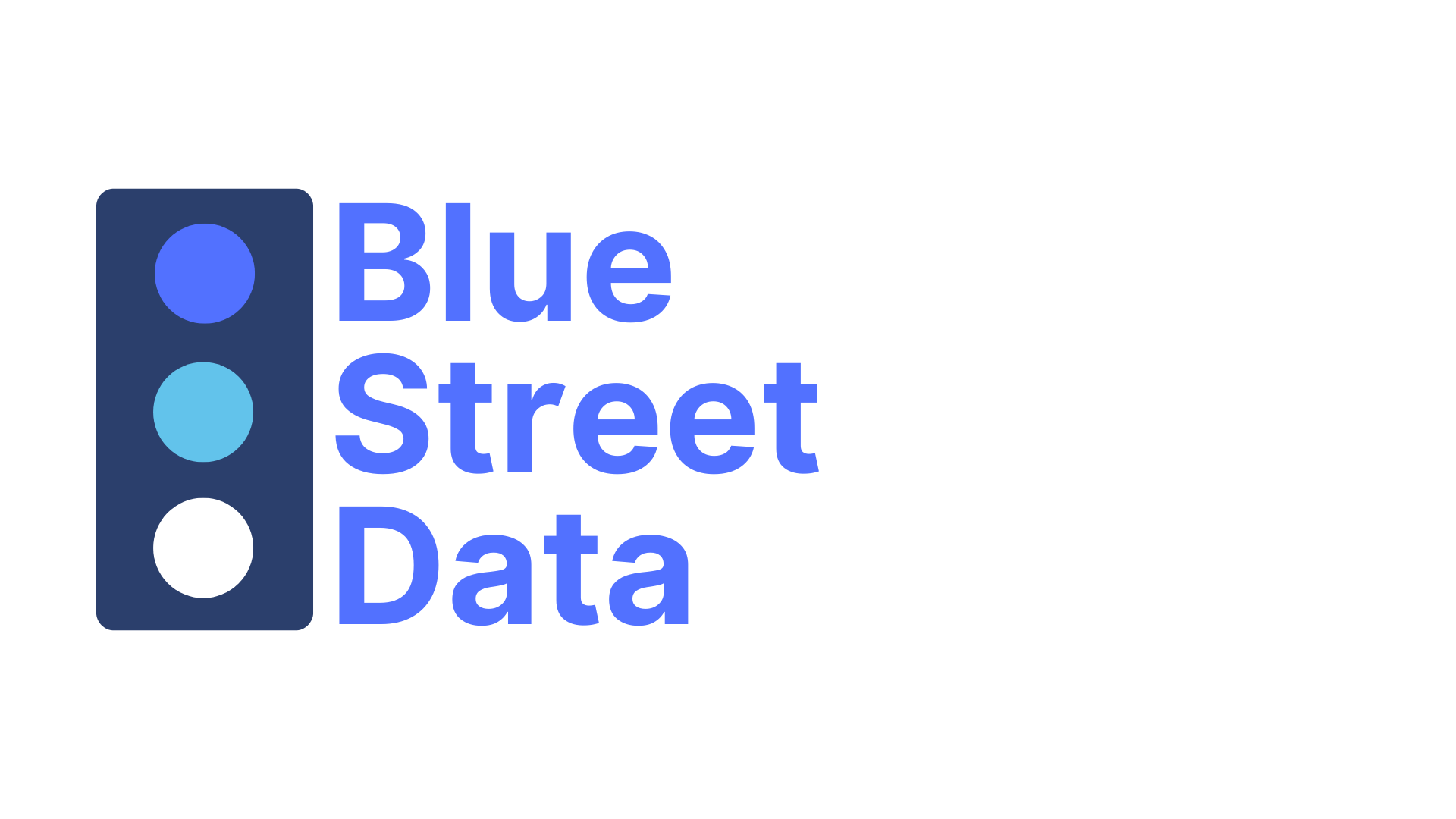In a hyperconnected world, infectious diseases can spread faster than ever—catching public health systems off guard and disproportionately impacting vulnerable populations. Yet with the right data, these risks can be tracked, forecasted, and even prevented.
Health departments that integrate external data—like behavioral trends, movement patterns, and historical infection rates—gain a powerful advantage in identifying outbreaks earlier and responding faster.
Why External Data Enhances Infectious Disease Surveillance
✅ Improve accuracy in identifying and tracking disease spread
✅ Predict and prevent future outbreaks with historical and real-time insights
✅ Enhance public safety by targeting at-risk populations earlier
✅ Reduce hospitalizations and improve patient outcomes with faster response times
How It Works
🔹 Segment populations using cluster analysis to identify risk groups
🔹 Model disease spread with SEIR and Monte Carlo simulations
🔹 Use network analysis to track exposure paths via movement and behavioral data
🔹 Apply real-time surveillance to monitor new symptoms or clusters before they escalate
Real-World Impact: Monitoring 50+ Diseases in Real Time
New Hampshire’s AHEDD system collects live data from 26 hospitals to track over 50 diseases—including respiratory illness and opioid overdoses. By identifying early trends and geographic clusters, they respond faster and more precisely to community threats.
—
📩 Want to make your disease surveillance strategy more proactive and data-driven? Contact Blue Street Data to explore how external insights can strengthen your public health response.
[Talk to a Data Expert]
—
